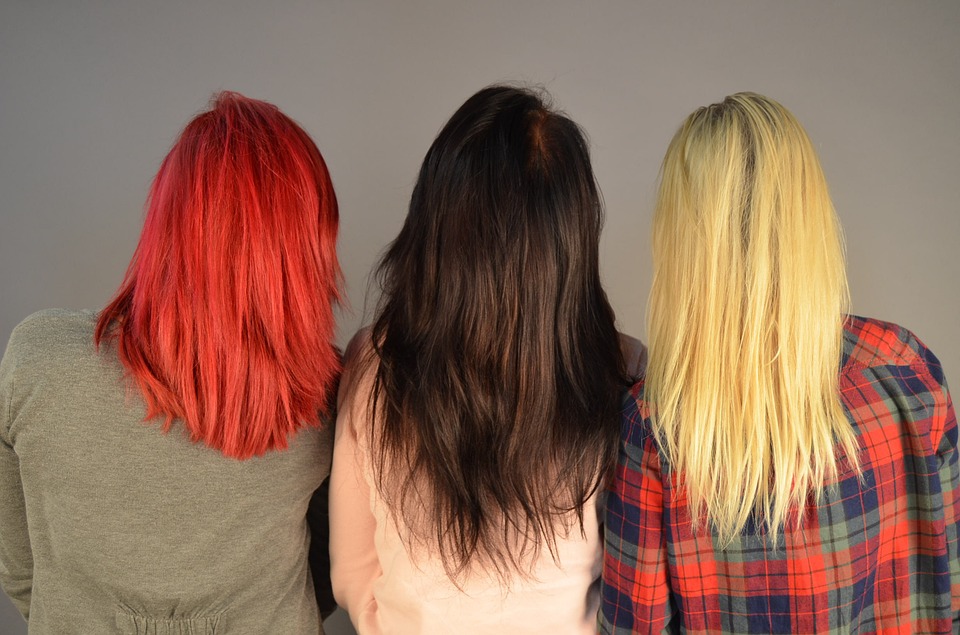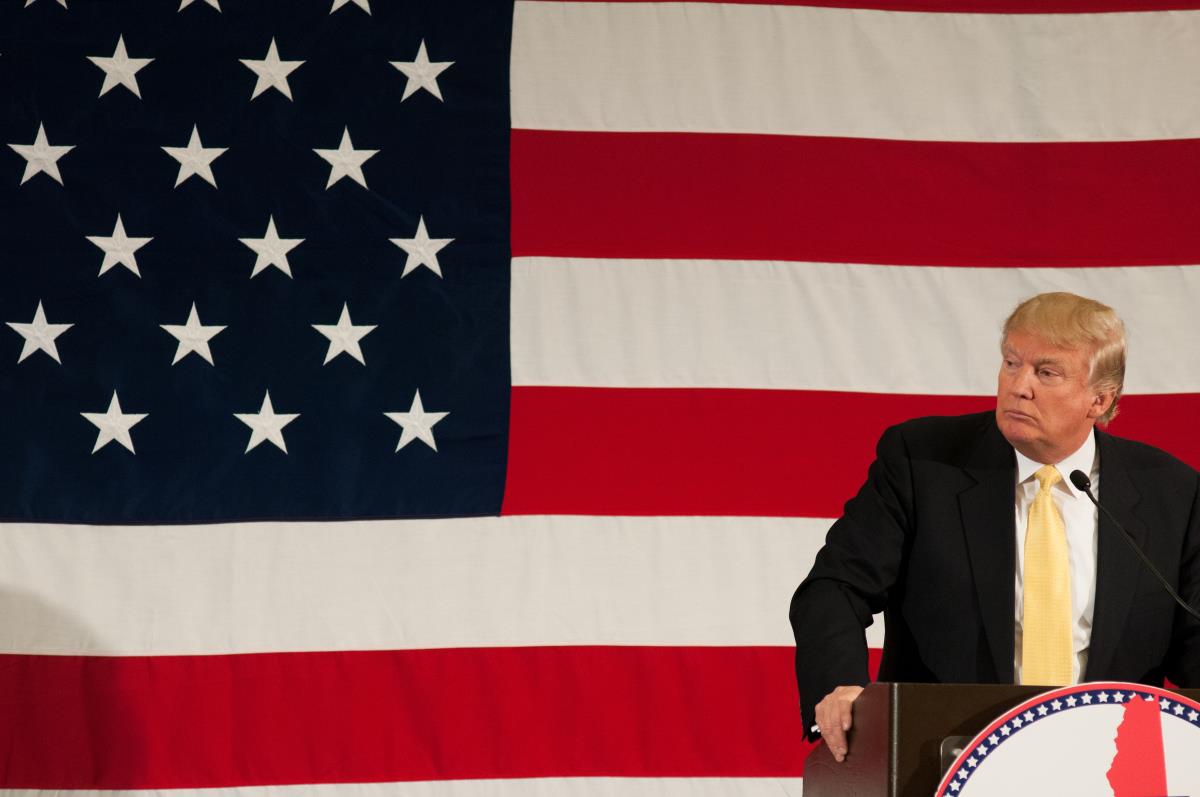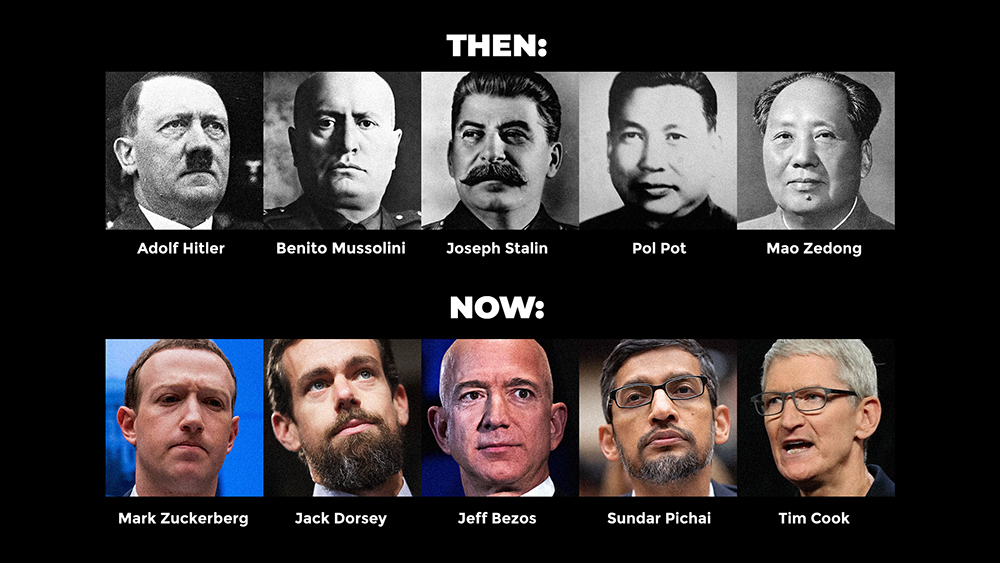Incognito: Disguises are surprisingly effective, according to study
06/26/2019 / By Edsel Cook

People who need to hide their identities might successfully evade hostile surveillance by making minor yet deliberate changes to the way they appear. U.K. researchers explained that restyling the hair or putting on makeup to change the complexion of the skin proved enough to trick onlookers about the identity of a person.
Researchers at the University of York and their counterparts at the University of Huddersfield held an experiment where they presented a pair of photographs to participants. They quizzed the latter on whether or not the models in the photos were the same.
Some of the photos showed unrelated individuals. Other pairs turned out to be the same models before and after putting on a minor but deliberate disguise.
The results showed that the altered appearances fooled participants around 30 percent of the time. Putting on a disguise degraded the ability to compare and match faces, even when a participant was told ahead of time that the individuals in the photos changed their appearance.
“We shouldn’t be complacent about deliberate disguise in criminal and security settings,” explained York researcher Dr. Rob Jenkins, the co-author of the paper. “When someone puts their mind to concealing their identity, it can be very effective.” (Related: Painting white stripes on your body may protect you from insect bites, according to scientific studies.)
Disguises work especially well if strangers used them
The only occasions wherein the participants were not misled by appearances was when they happened to know the disguised models in the photos. Jenkins added that familiarity with the disguised person made it easier to recognize the other party.
People recognize a known face based on internal physical features like the eyes, mouth, and nose. It proves much more difficult to change or hide those subtler features than the hair or skin color.
The opposite also proves true. When faced with a stranger, a person identifies the other individual based on more prominent external features. So dying the hair, spraying artificial tan on the skin, or changing the hairstyle succeed more often.
For their experiment, the York and Huddersfield researchers provided their models with generous amounts of time and material with which to alter their appearance. They put on makeup, changed the color of their hair, and either grew out beards and mustaches or shaved their facial hair off. A financial prize went to the model who tricked the most number of participants.
However, the models weren’t allowed to use dark glasses, hats, and other props. In real life, security forbids the use of those articles in important areas.
It is easier to avoid looking like yourself than to try appearing as someone else
The research team also took the chance to compare impersonation disguise and evasion disguise. As the name implies, impersonation disguise seeks to portray the semblance of another person. The technique saw heavy use among identity thieves and people using a stolen passport for traveling.
In comparison, evasion disguise makes a person look different from his or her usual appearance. While criminal suspects use it to evade attention, undercover police and people enrolled in witness protection programs also use it to protect their real identities.
The researchers found that evasion disguise succeeded more often than impersonation disguise.
“With evasion disguise, you can change your appearance in any way you like,” remarked Huddersfield researcher Dr. Eilidh Noyes. “With impersonation, you can only change your appearance in ways that resemble your target, so your options are much more constrained.”
Jenkins, Noyes, and their teammates planned to subject automatic face recognition systems to the same test. They wanted to know if machine learning can also be fooled by deliberate disguises.
Sources include:
Tagged Under: breakthrough, cool science, crime prevention, criminal disguise, deception, discoveries, disguise, disguises, evasion, face recognition, facial features, Facial recognition, identity, identity thieves, impersonation, physical appearance, privacy, research, security, surveillance, undercover, weird science
RECENT NEWS & ARTICLES
COPYRIGHT © 2018 PRECRIMES.NEWS
All content posted on this site is protected under Free Speech. Precrimes.news is not responsible for content written by contributing authors. The information on this site is provided for educational and entertainment purposes only. It is not intended as a substitute for professional advice of any kind. Precrimes.news assumes no responsibility for the use or misuse of this material. All trademarks, registered trademarks and service marks mentioned on this site are the property of their respective owners.


















